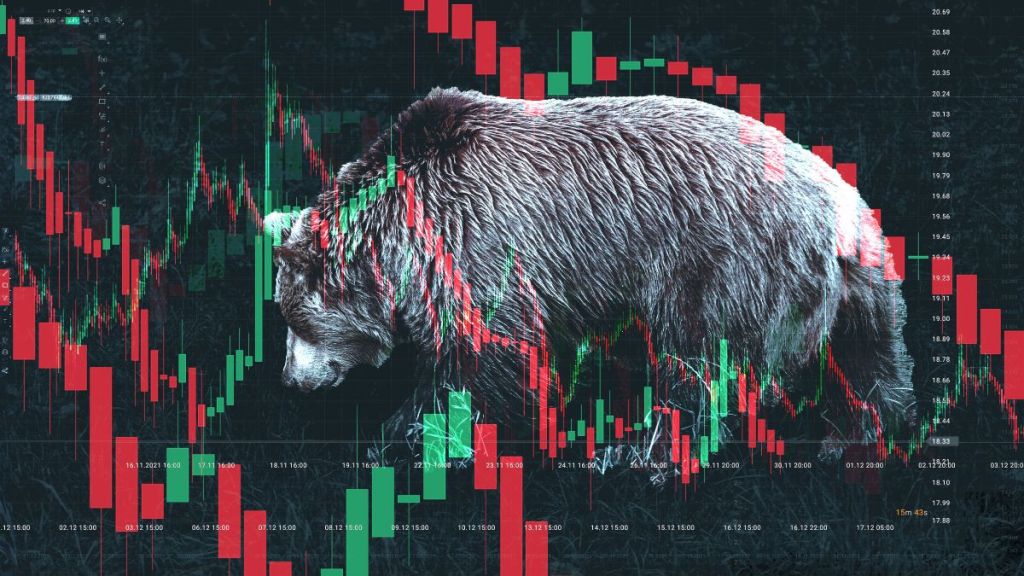The Indian headline indices Sensex and Nifty saw a sharp selloff in the afternoon trading, with both benchmarks taking a steep hit. The Sensex plunged 850 points to 81,209.64, while the Nifty 50 fell by 260 points to 24,679.90 in the intraday trading session. Both the indices are down 1%.
The intraday trading session was dominated by widespread profit booking, especially in auto, banking, and pharma stocks. Moreover, the mid and small cap indices, which had been rallying for six straight sessions, also buckled under pressure, slipping nearly 1%.
Let’s take a look at the three reasons why the market is falling today-
Profit booking in major sectors
One of the main reasons behind the sharp decline is the profit booking of high-flying sectors. The auto sector took the biggest beating in the today’s trading session, falling nearly 2%, followed closely by declines in banking, pharma, and media stocks. After a strong rally over the last few weeks, especially in small and mid-cap shares, investors opted to book profits, leading to a broad-based correction.
Notable laggards included Hero MotoCorp, Bajaj Auto, Maruti Suzuki, Eicher Motors, and M&M, all of which dropped between 2-3%. Financial heavyweights like Shriram Finance and Edelweiss Financial also saw sharp cuts.
Mixed global cues and weak trade sentiment
While some Asian markets were buoyed by China’s unexpected move to cut lending rates, optimism over a US-India trade breakthrough is quickly fading. With no official announcement yet, investors are also not in a clear picture on the progress of negotiations. This came especially after the UK and China managed to ink key trade agreements with Washington.
This uncertainty has also added to global trade jitters.
Banking and auto stocks drag the indices
The Nifty Bank index fell nearly 1%, trading at 54,880.15 during the session. Weakness in banking stocks, coupled with auto sector concerns added further pressure on the broader market.
All major sectoral indices are trading in the negative territory, underlining the extent of the selloff.


